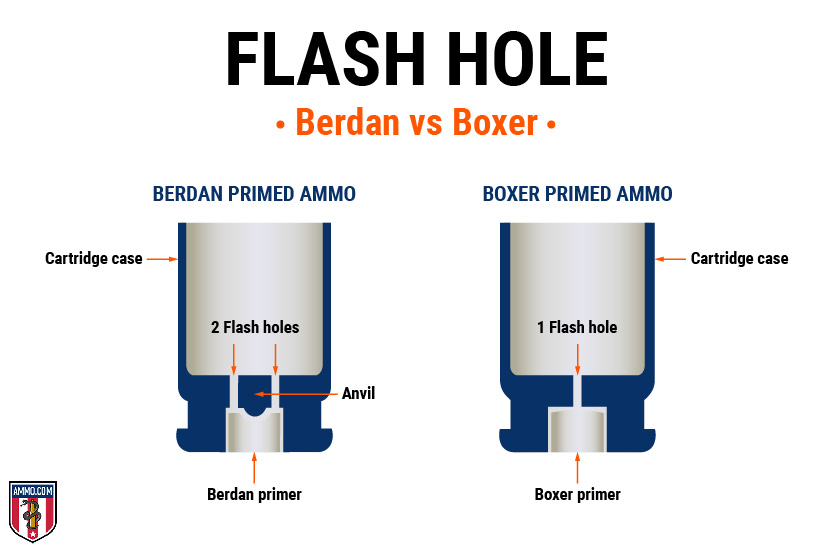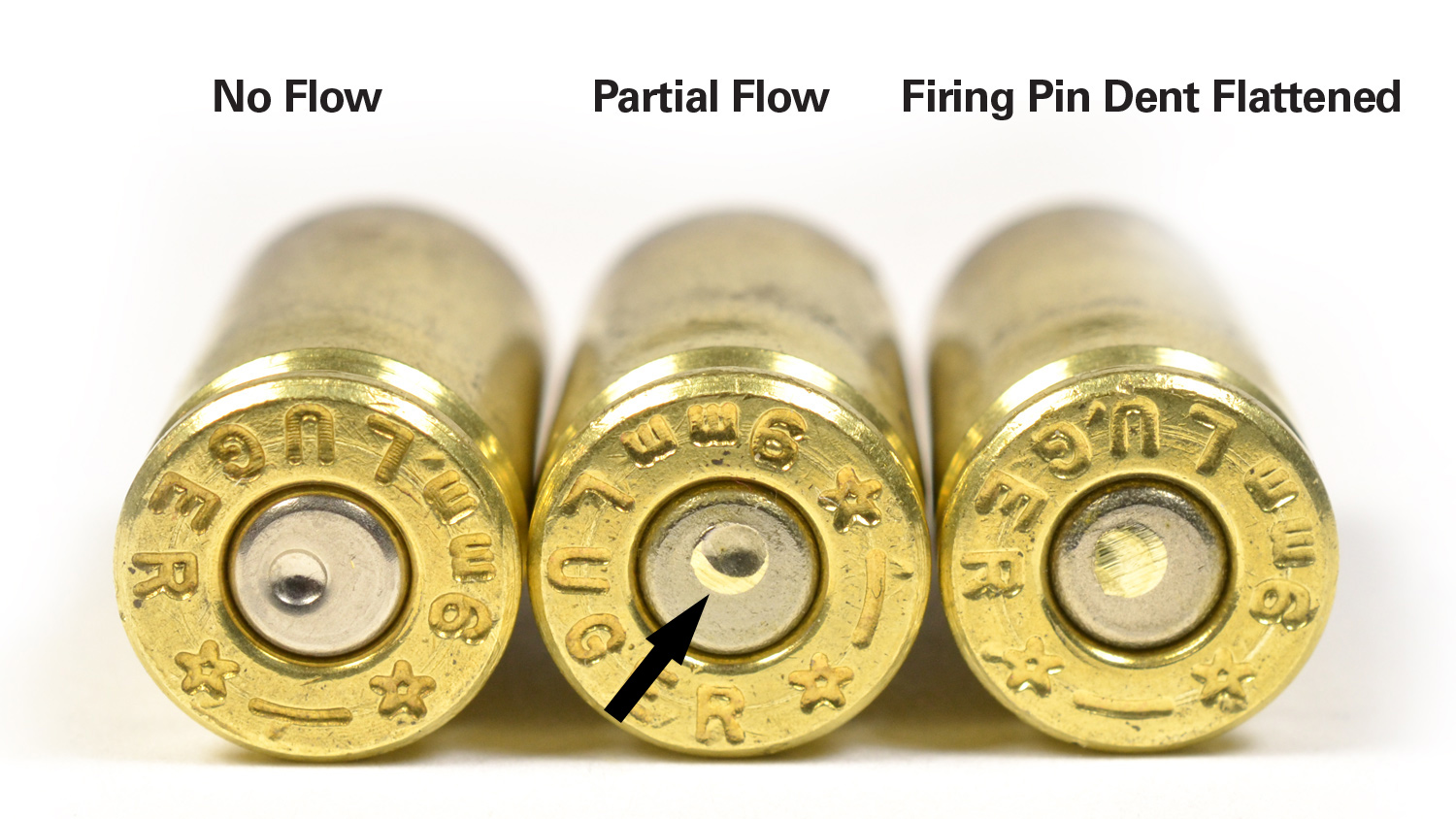Winchester Primers Fundamentals Explained
Wiki Article
All About Pistol Primers
Table of ContentsUnknown Facts About Primers In StockReloading Primers for DummiesMore About Reloading PrimersAll About Rifle PrimersGetting The Primers In Stock To Work
Part of the firearm cartridge for launching propellant burning In weapons and weapons, the primer () is the chemical and/or tool accountable for launching the propellant combustion that will press the projectiles out of the weapon barrel. In very early black powder weapons such as muzzleloaders, the guide was essentially the same chemical as the primary propellant (albeit normally in a finer-powdered type), but poured right into an exterior flash pan, where maybe stired up by an ignition resource such as a slow suit or a flintlock Some muzzleloaders have primers like cap weapon caps.
Examples include handgun cartridges, rifle cartridges, and also shotgun shells. Larger artillery pieces on the other hand typically utilize electric priming. In artillery the primers are regularly a separate part, positioned inside the barrel to the rear of the primary propellant chargebut there are other instances of guns, including for example some automatic tools, created to fire cartridges with important electrical guides.
Fascination About Federal Primers

With the introduction of hand-held firearms, this ended up being an undesirable method of firing a weapon. Holding a burning stick while trying to pour a charge of black powder very carefully down a barrel is dangerous, and trying to hold the gun with one hand while simultaneously intending at the target as well as looking for the touchhole makes it very challenging to fire accurately. The first effort to make the process of shooting a little arm simpler was the "matchlock".
The suit was a slow-burning fuse constructed from plant fibers that were taken in an option of nitrates, charcoal, and sulfur, as well as dried (https://www.corpsubmit.com/author/relodprim3rs/). This "slow-match" was fired up before the gun was required, as well as it would gradually melt, maintaining a hot coal at the burning end. After the gun was filled and also the touchhole topped with powder, the burning pointer of the suit was placed so that the lock would bring it into contact with the touchhole.
See This Report on Winchester Primers
This brought the suit down to the touchhole, firing up the powder - https://www.openlearning.com/u/relodprimrs-rjjds5/. With mindful focus, the slow-burning suit can be kept melting for long durations of time, and the usage of the lock mechanism made fairly exact fire feasible. The next revolution in ignition technology was the "wheel-lock".

The protected flashpan also offered some capacity to stand up to negative weather. The wheel-lock appreciated only a brief duration of appeal prior to being superseded by a less complex, a lot more durable design.
Get This Report on Primers In Stock
The flint was held in a spring-loaded arm, called the "dick" from the similarity of its movement to a pecking poultry. The penis turned through approximately a 90-degree arc and also was held in the tensioned, or "cocked" placement by a trigger.The "half-cock" setting held the penis midway back, and used a deep notch to ensure that shooting would certainly not release the penis. Half-cock was a safety placement, used when filling, storing or lugging a loaded flintlock. The "full-cock" setting held the cock right back and also was the position from which the gun was discharged.
It served as both a flashpan cover as well as a steel striking surface area for the flint. The frizzen was hinged and also spring-loaded to make sure that it would certainly secure the open or closed setting. When shut, the striking surface was placed so that the flint would certainly strike at the proper angle to generate a stimulate.
The Ultimate Guide To Primers In Stock
The flintlock mechanism was simpler as well as stronger than the wheel-lock, and the flint as well as steel provided an excellent, reputable resource of ignition. The flintlock remained in military solution for over 200 years, as well as flintlocks are still made today for historic re-enactments and also muzzle-loading target competition, and also for hunters who take pleasure in the extra obstacle that the flintlock provides.By the middle of the 19th century, the percussion or caplock system was well established., as it was less complex and also a lot more trustworthy than the flintlock.
The flashpan and also frizzen were eliminated as well as replaced by a little, hollow horizontal cyndrical tube (drum) screwed click for source right into the bored-out as well as touched flash hole as well as lugging a "nipple area" over which the cap can be fitted. A "hammer" which also had half-cock (for packing and also applying the cap) and full-cock settings changed the dick.
Report this wiki page